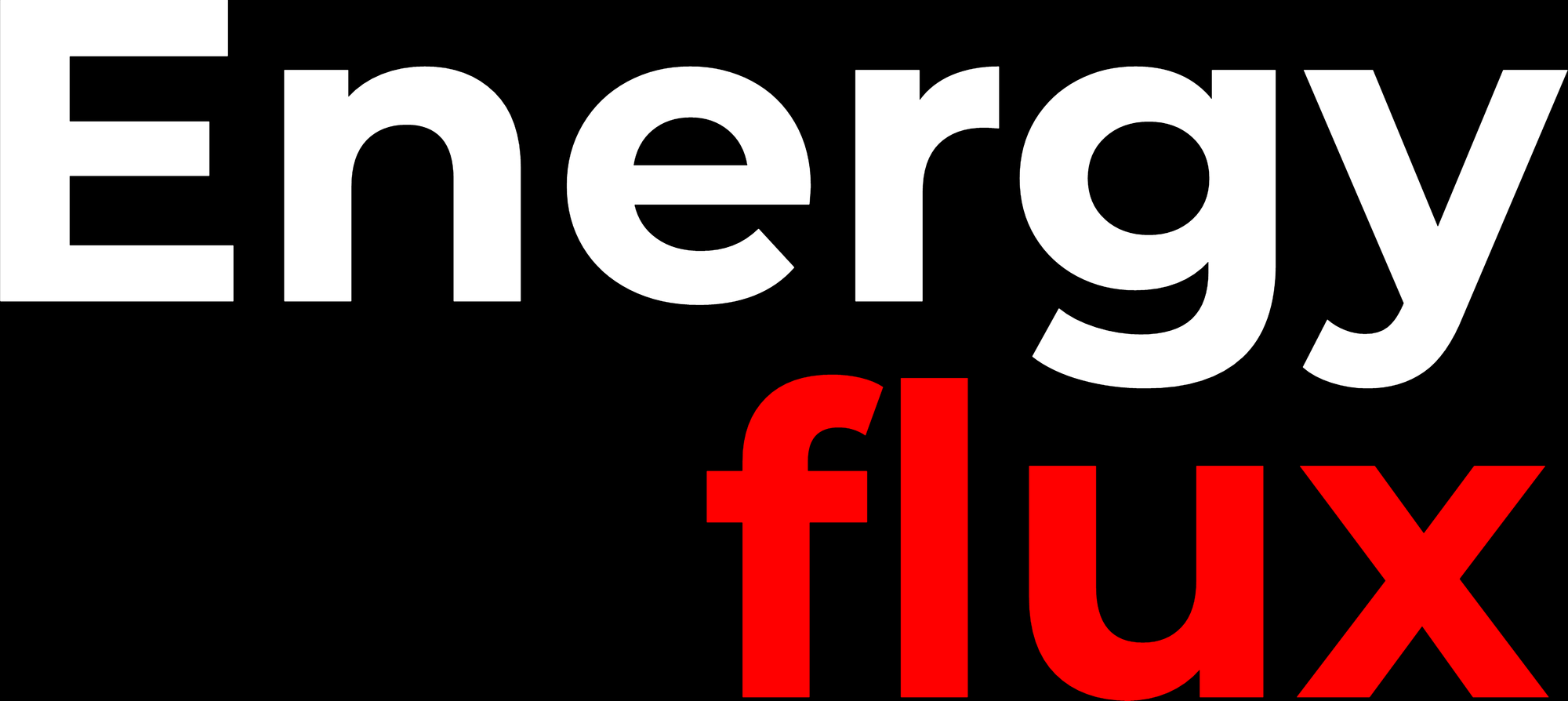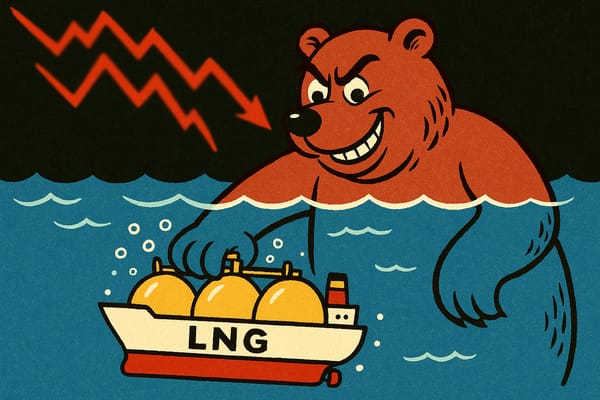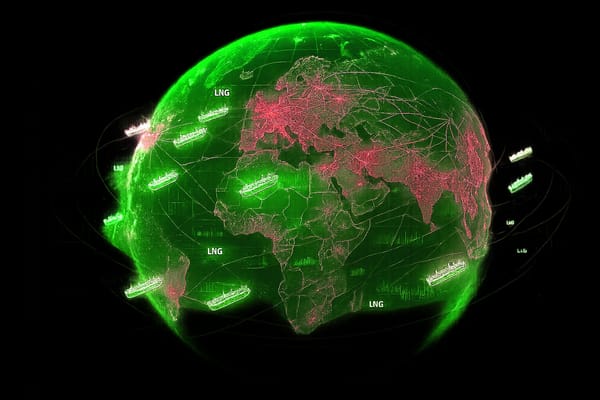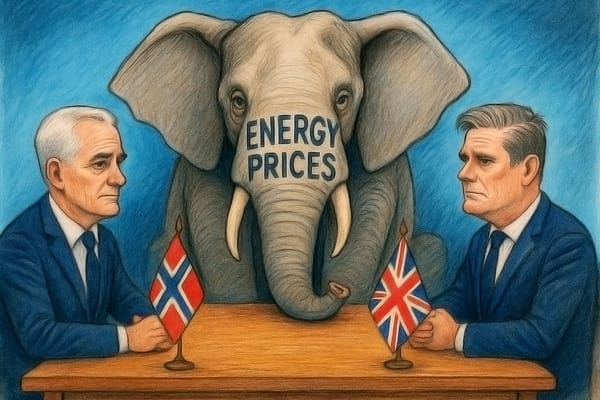Moscow manoeuvres to neutralise threat from Europe’s latest hydrogen push
Energy transition ushers in new chapter of EU-Russian co-dependence


Member discussion: Moscow manoeuvres to neutralise threat from Europe’s latest hydrogen push
Read what members are saying. Subscribe to join the conversation.





